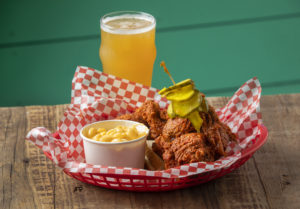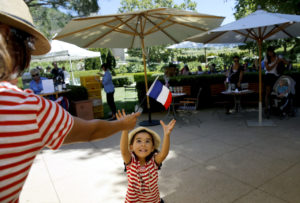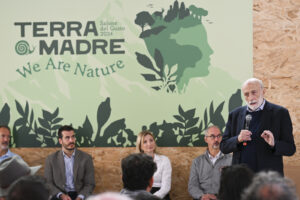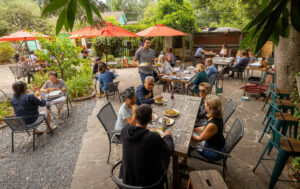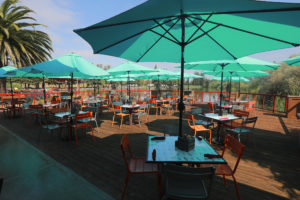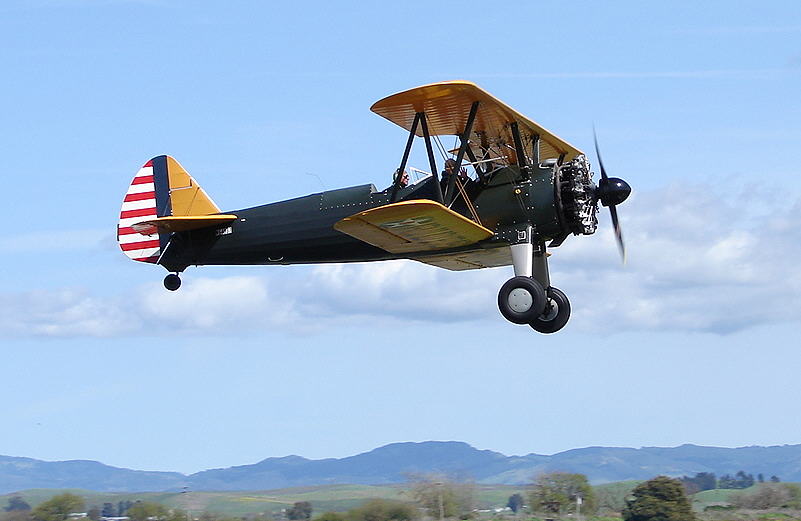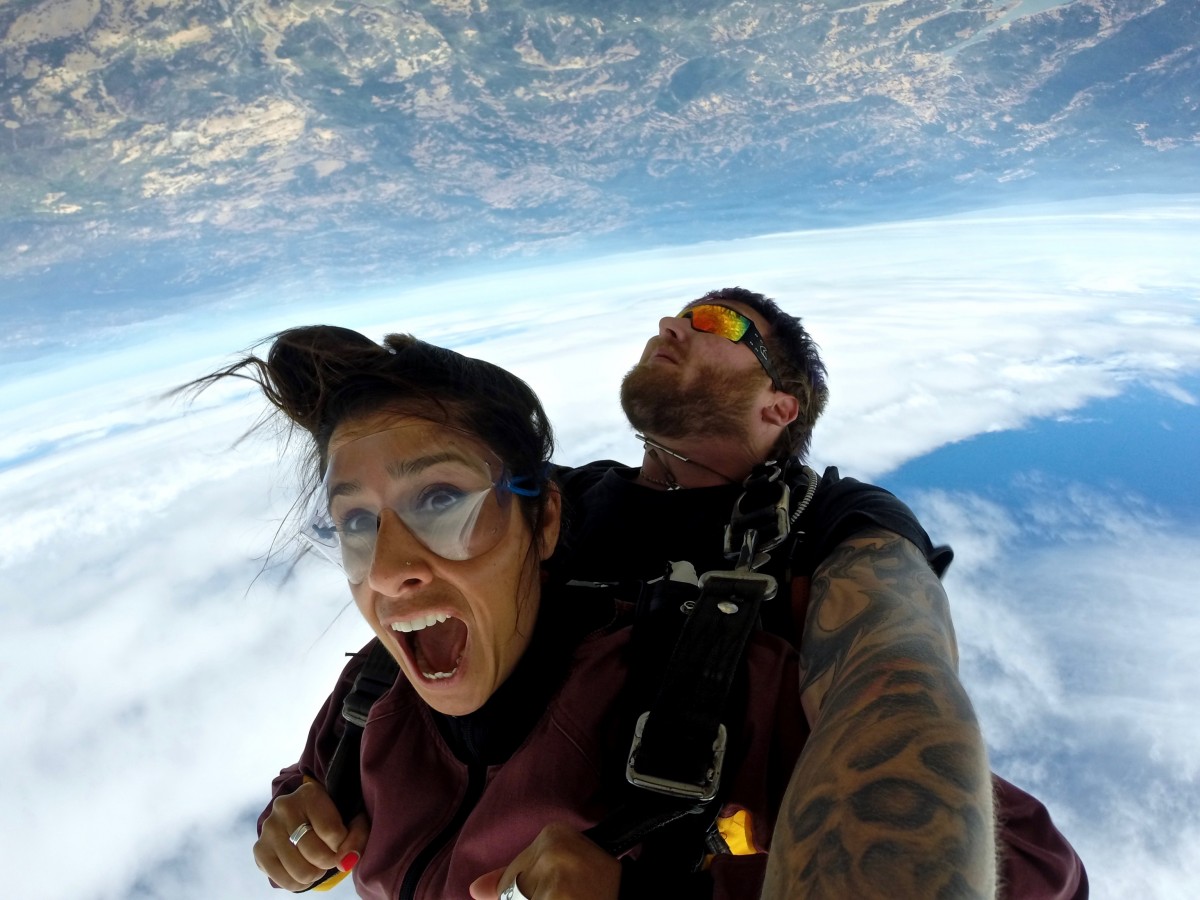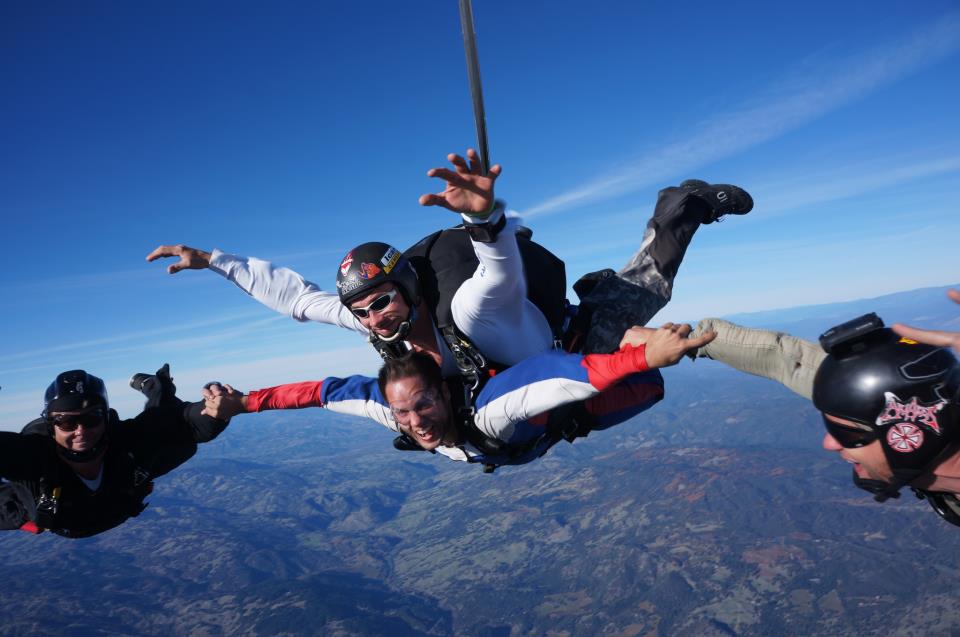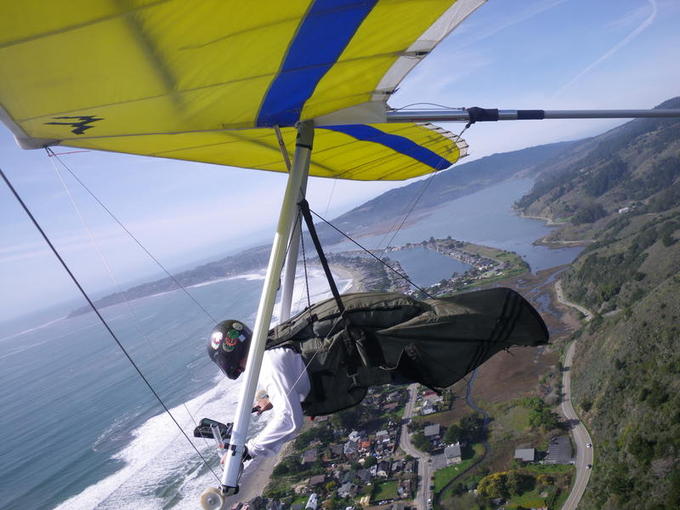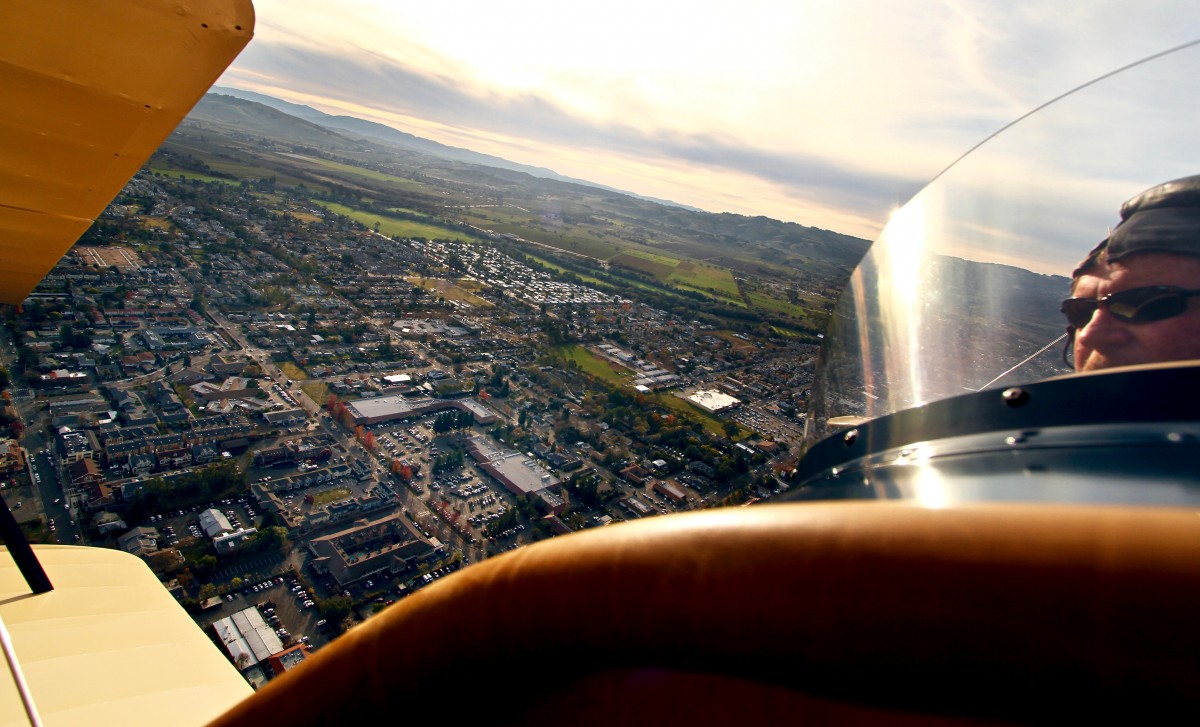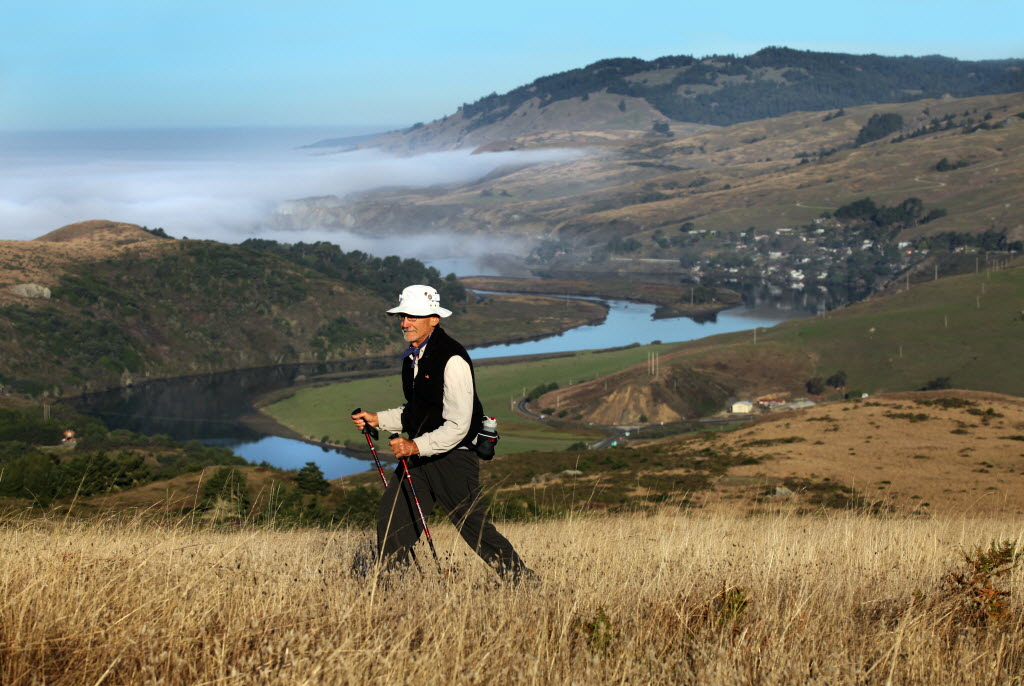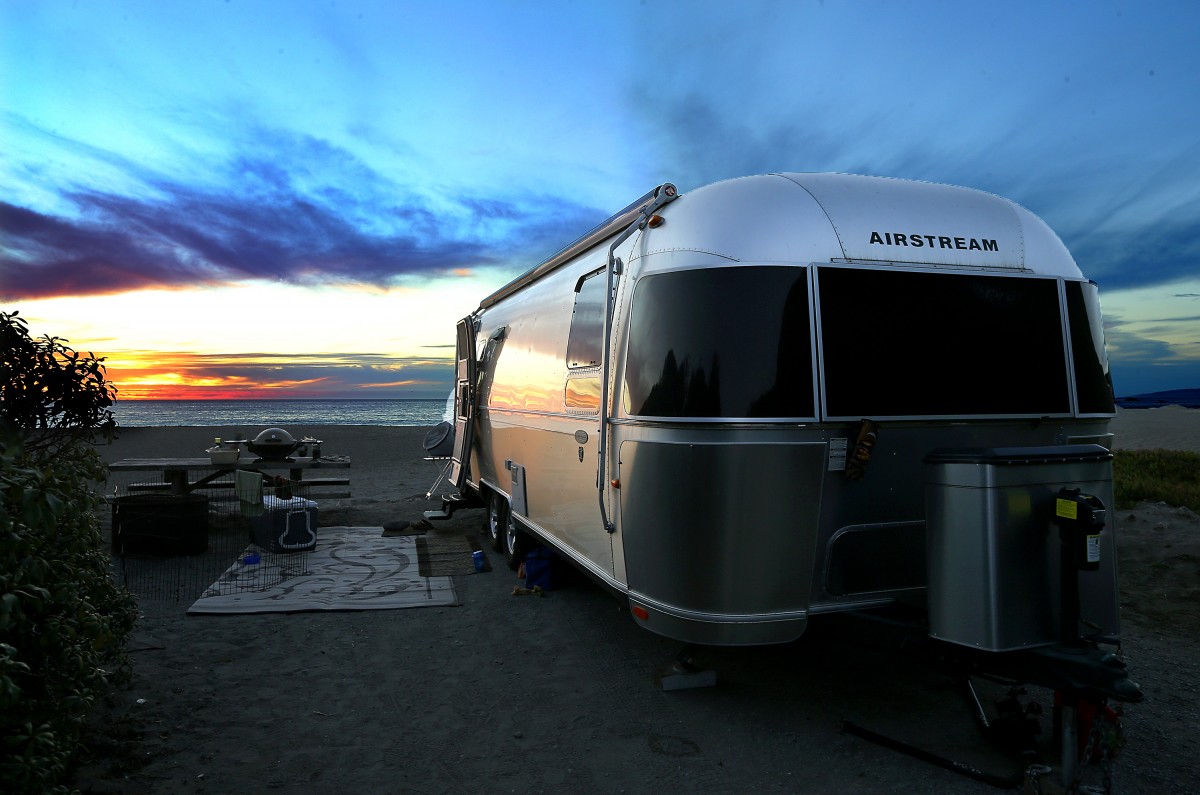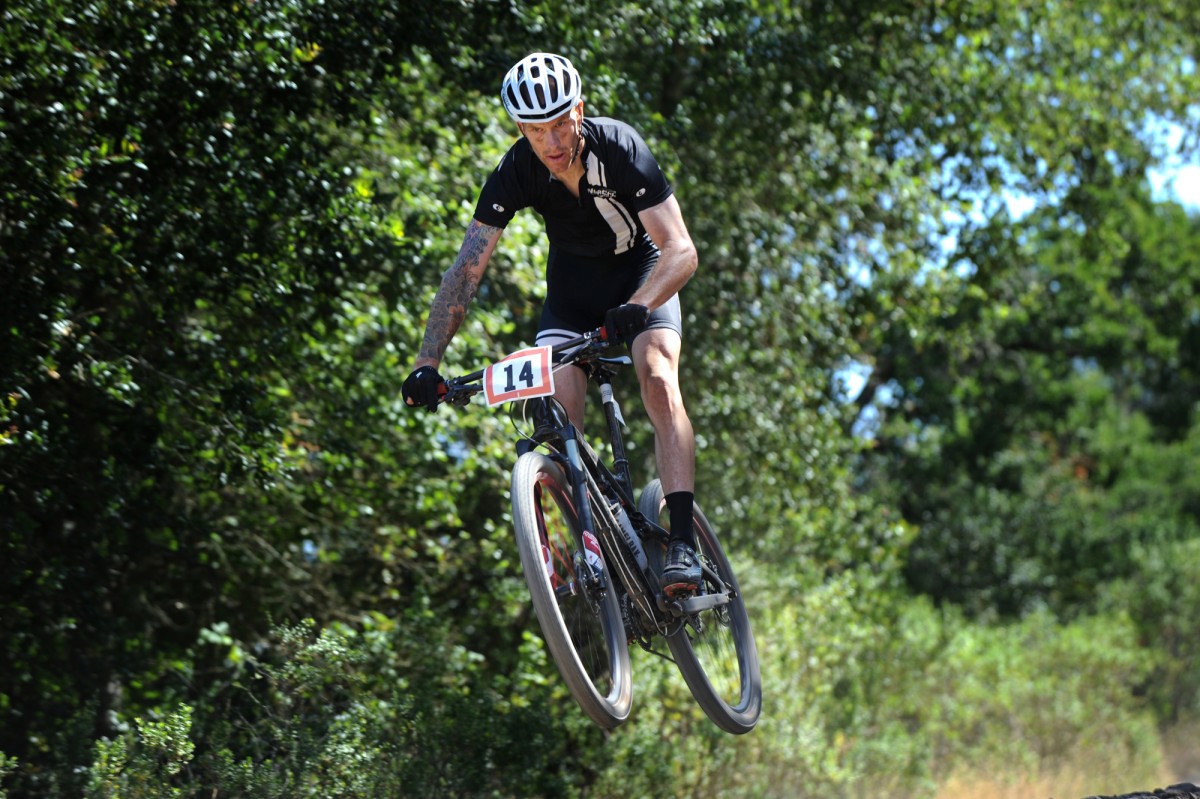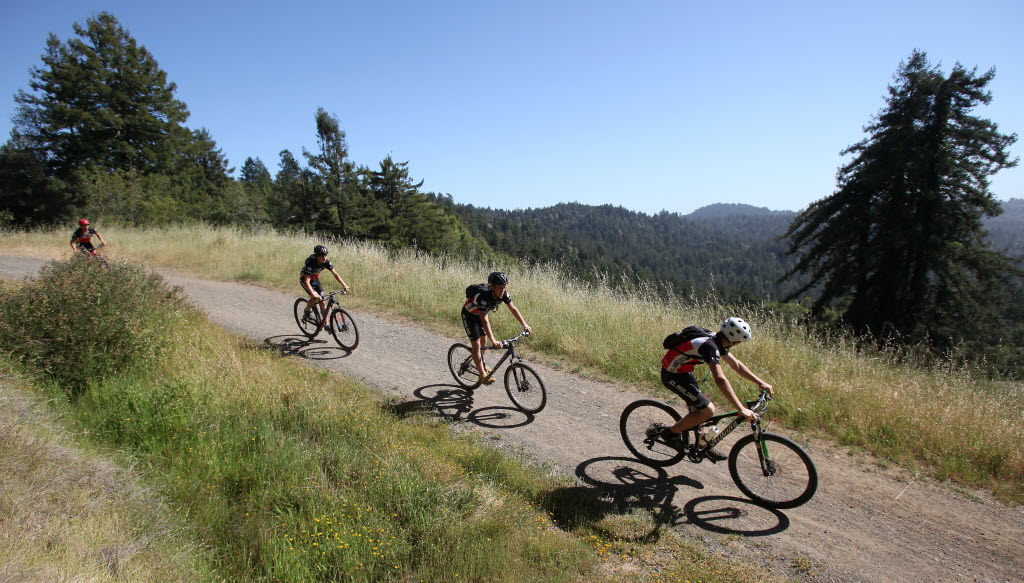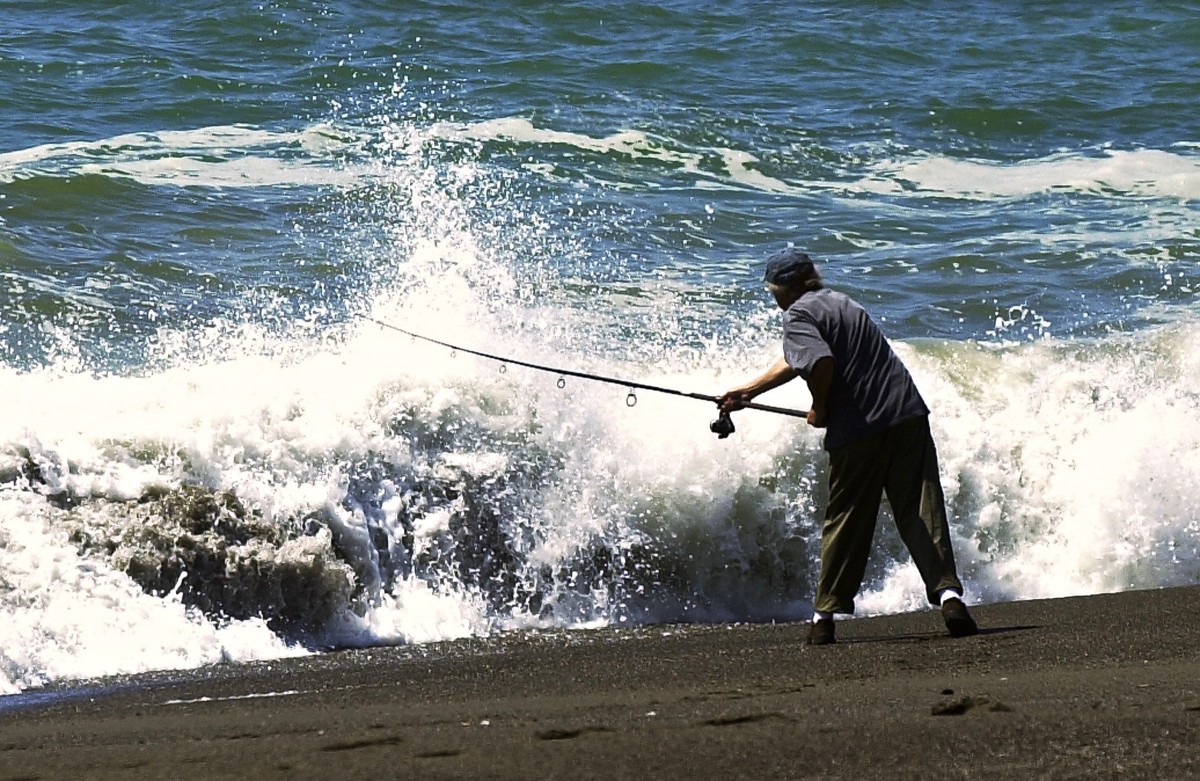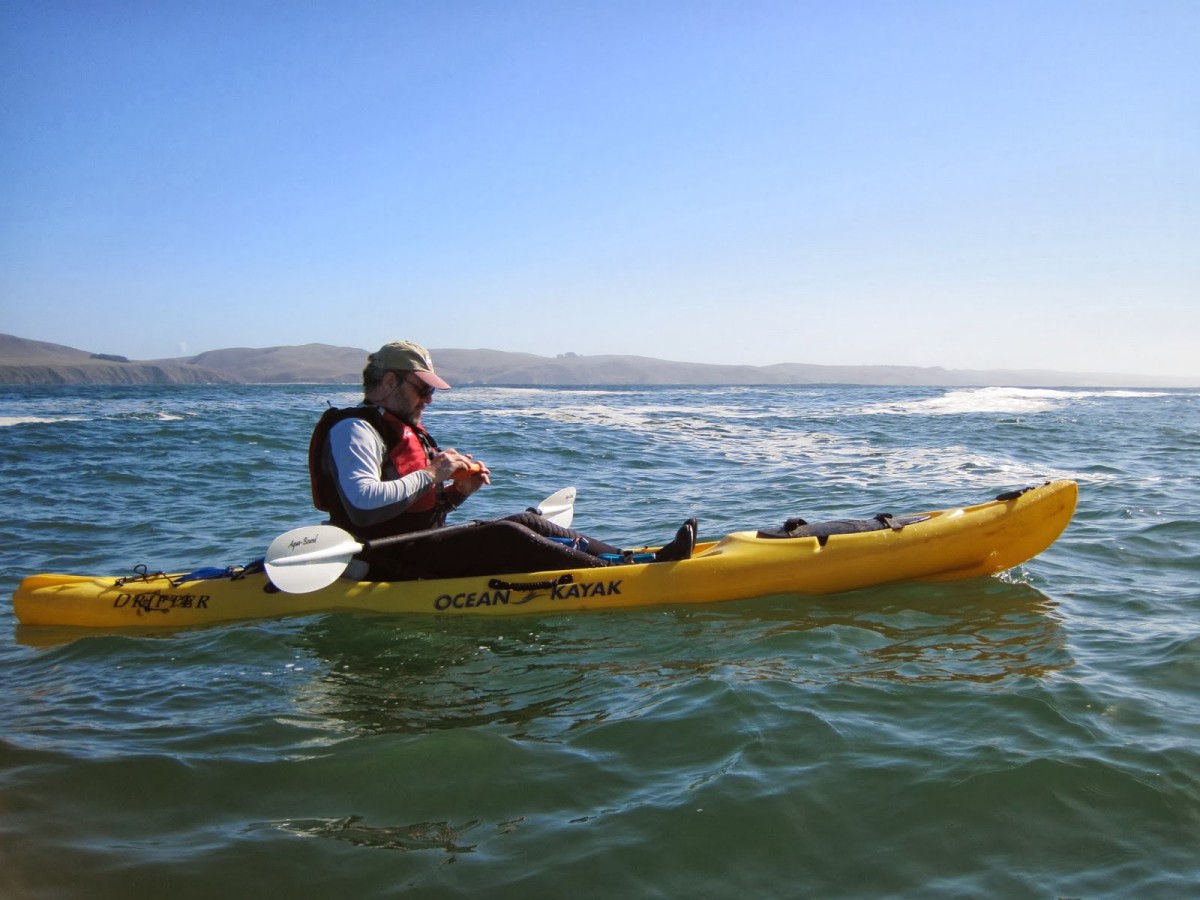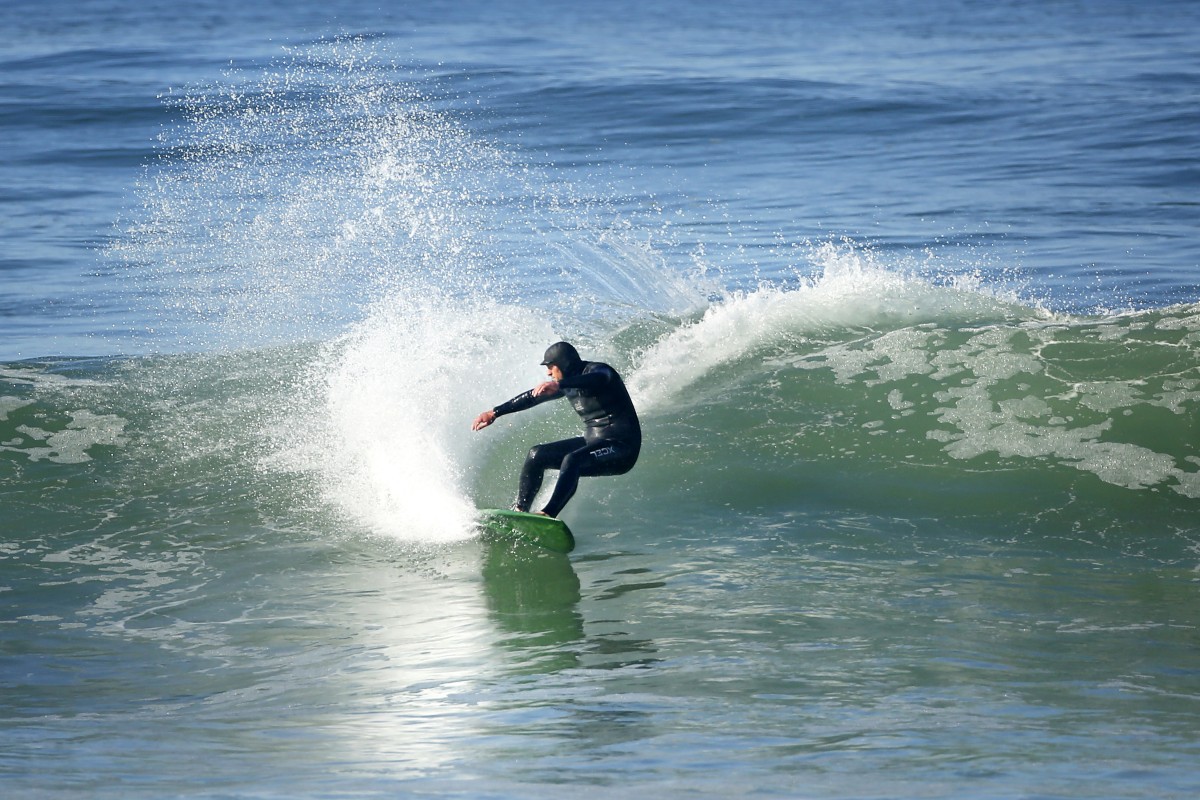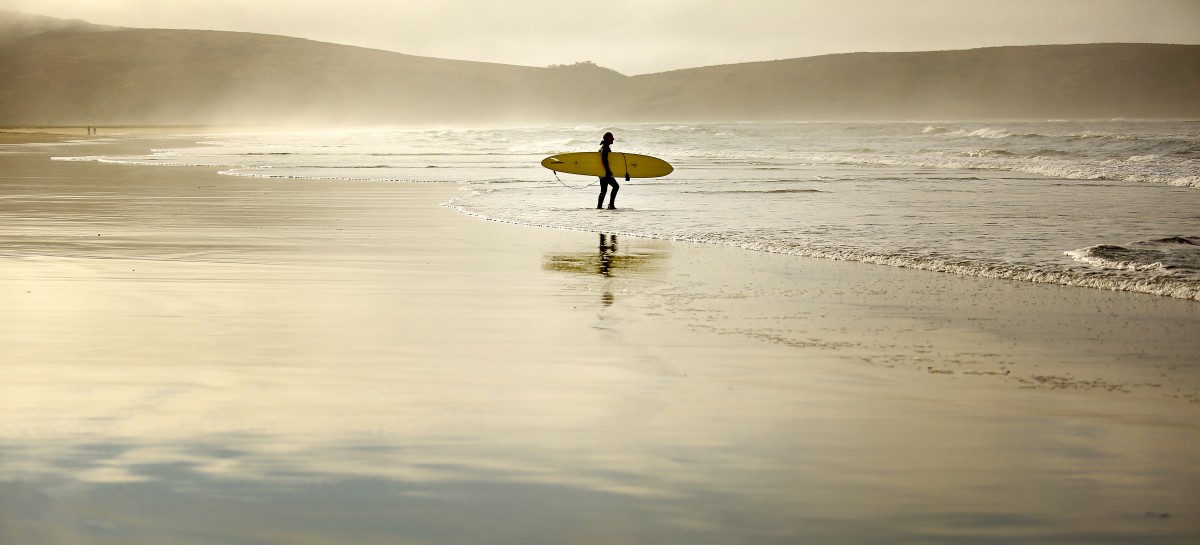Yes, Sonoma County is a world-class wine and food destination, a mecca that’s more than a match for Bordeaux, Burgundy and that valley just to the east that seems to get an undue share of attention. But Sonoma is greater than the sum of its wineries and restaurants.
The natural largesse of the land provides stellar outdoor recreational opportunities in the air, on land and at sea. So get out there. Burn some calories, get the heart pumping and stimulate the senses by exploring the Sonoma you may not know.
1. SKYDIVING
The best views of Sonoma County aren’t from the top of Mount Hood, or along Highway 1 between Jenner and Gualala. They’re from the open door of a small plane circling above the Cloverdale Airport at 12,000 feet.
Below, vineyards, grasslands and oak forests form a tessellated pattern of Kelly green, viridian and umber, and the Russian River cuts a sinuous path to the sea. To the south, Mount Tamalpais and the San Francisco skyline are visible. Lake Sonoma is just to the west, and beyond that are redwood forests that end at the cusp of the blue Pacific. Clear Lake, smooth and serene, lies to the northeast, and far to the north the shining white summit of Mount Shasta can be seen.
It’s a splendid vista, and one that demands some appreciative contemplation. But you don’t have time for that, because you’re harnessed to some guy who insists on leaping out of the plane, and then you’re plummeting in free fall toward the terrain you were admiring just milliseconds ago, and the wind is roaring in your ears and buffeting your face, and maybe you can be forgiven if your adrenaline redlines and you howl like a banshee.
Not to worry, though. The person you’re clipped to is a consummate skydiving professional, and such tandem jumps are as routine to him as walking the dog is for the rest of us. Following the instructions you received prior to boarding the plane, you bend your knees, keep your feet up, maintain a stable position, and — you’re flying.
That’s the distinct impression, anyway.
Actually, you’re falling to the ground like one of the balls Galileo dropped from the Tower of Pisa, but you feel as if you’re soaring like a mighty albatross. It’s an uncanny illusion, one that’s broken only when your jumpmaster deploys his parachute, you’re snapped back into the realm of gravity and descend gently to the drop zone.
Enjoy the rush enough to try it on your own? Sign up for accelerated free-fall instruction that will have you making your first solo jump after an eight-hour course. Prices for tandem skydives range from $169 to $249, depending on the altitude of the jump.
220 Airport Road, Cloverdale, 888-667-2259, norcalskydiving.com
2. HANG GLIDING AND PARAGLIDING
Of course, there are ways to truly soar like a bird, no engines or rotors required. Hang gliding and paragliding are both avidly pursued by a relatively small but dedicated cadre of Sonoma adventure enthusiasts. In large part that’s because the Sonoma Coast has the sports’ prerequisites in abundance: bluffs and reliable onshore winds.
Gliders need the bluffs from which to launch themselves cleanly into the void, and the wind to push them aloft. From that point, assuming the necessary skills, it’s simply a matter of coasting from one updraft to the next to maintain altitude. Truly epic flights are possible: Scot Huber of the Sonoma Wings Hang Gliding and Paragliding Club soared in his hang glider from Mount St. Helena to Red Bluff, literally 108 miles as the crow — and humans — fly.
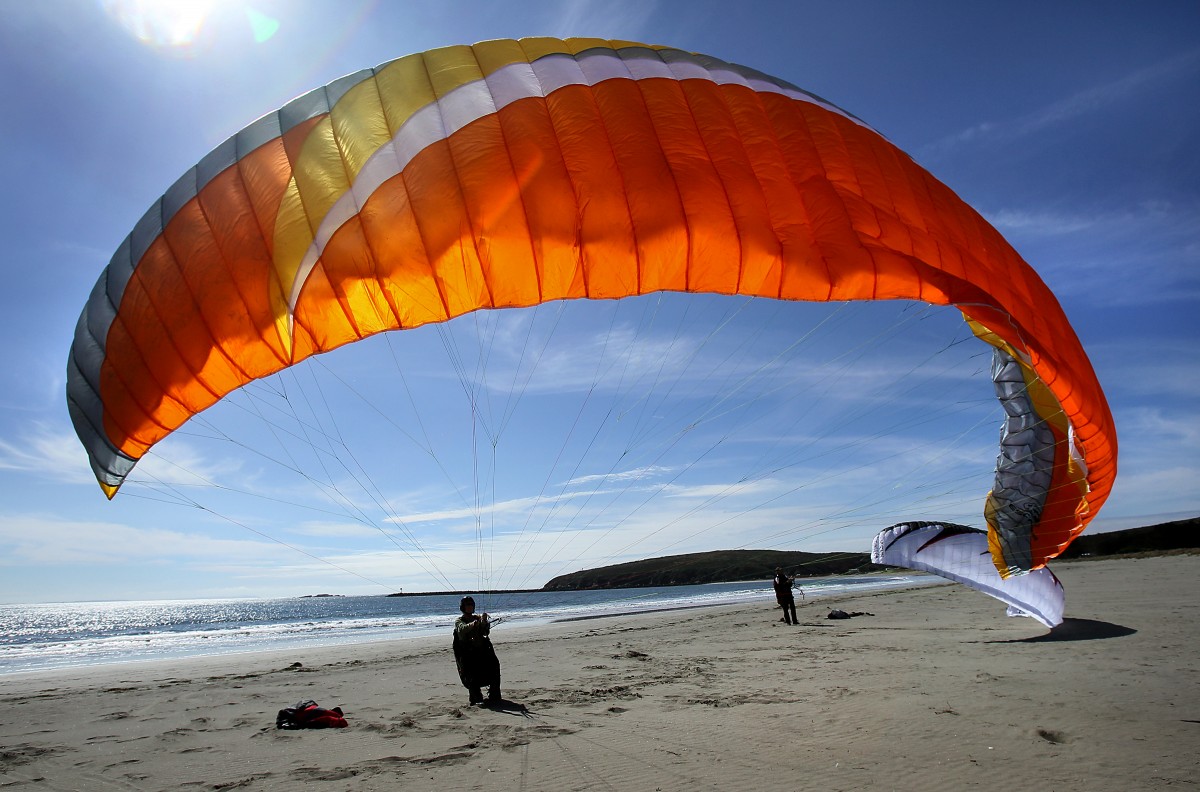
That said, you just don’t strap on a harness beneath a wing and launch yourself into space. Hang gliding and paragliding practitioners are true pilots, but no government certification is required; the sport is self-regulating. Still, lessons are, for obvious reasons, essential. Many gliding associations offer tandem flights, a great way to determine whether the sport is for you.
The main difference between hang gliding and paragliding is the construction of the wings. Hang-glider wings are fixed, and paragliders have flexible, parachute-like wings. Paragliders are easier to master than hang gliders, but hang gliders offer superior flight performance.
Website sonomawings.com has information on sites, conditions, meetings, membership, equipment dealers and lessons.
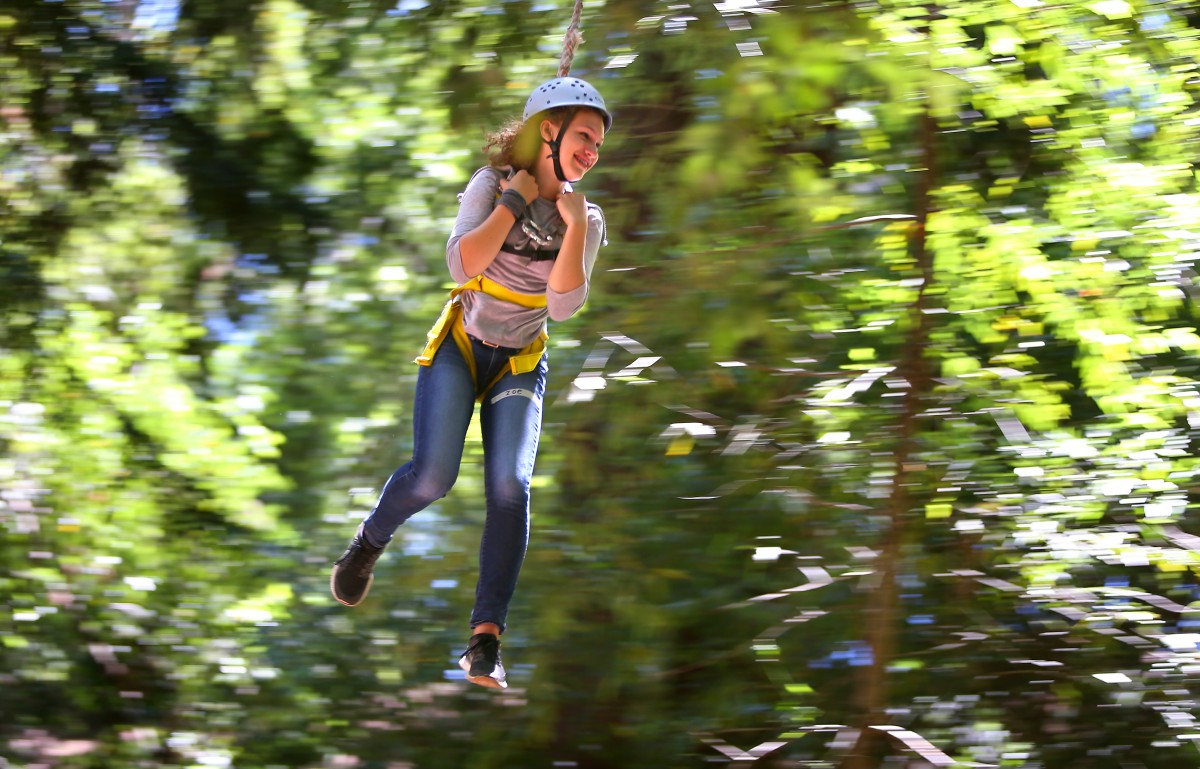
3. ZIP LINES
You can plummet like a peregrine falcon while skydiving and soar like an eagle in a biplane. So how about juking through the trees like a goshawk? Sonoma Canopy Tours in Occidental provides the means. The company offers two-and-a-half-hour guided tours of the canopy of west county’s magnificent redwood forest. Take it as gospel: Hurtling through the redwoods at treetop level at 25 mph is far different than merely strolling through them.
Originally developed as a means for conducting research in rainforest canopies, zip lining has grown into a popular recreational pursuit. It provides a significant jolt of adrenaline, but unlike solo skydiving, whitewater kayaking or rock climbing, it requires no real training, as long as a qualified guide is present. Simply follow instructions, clip onto the line, and, well, zip.
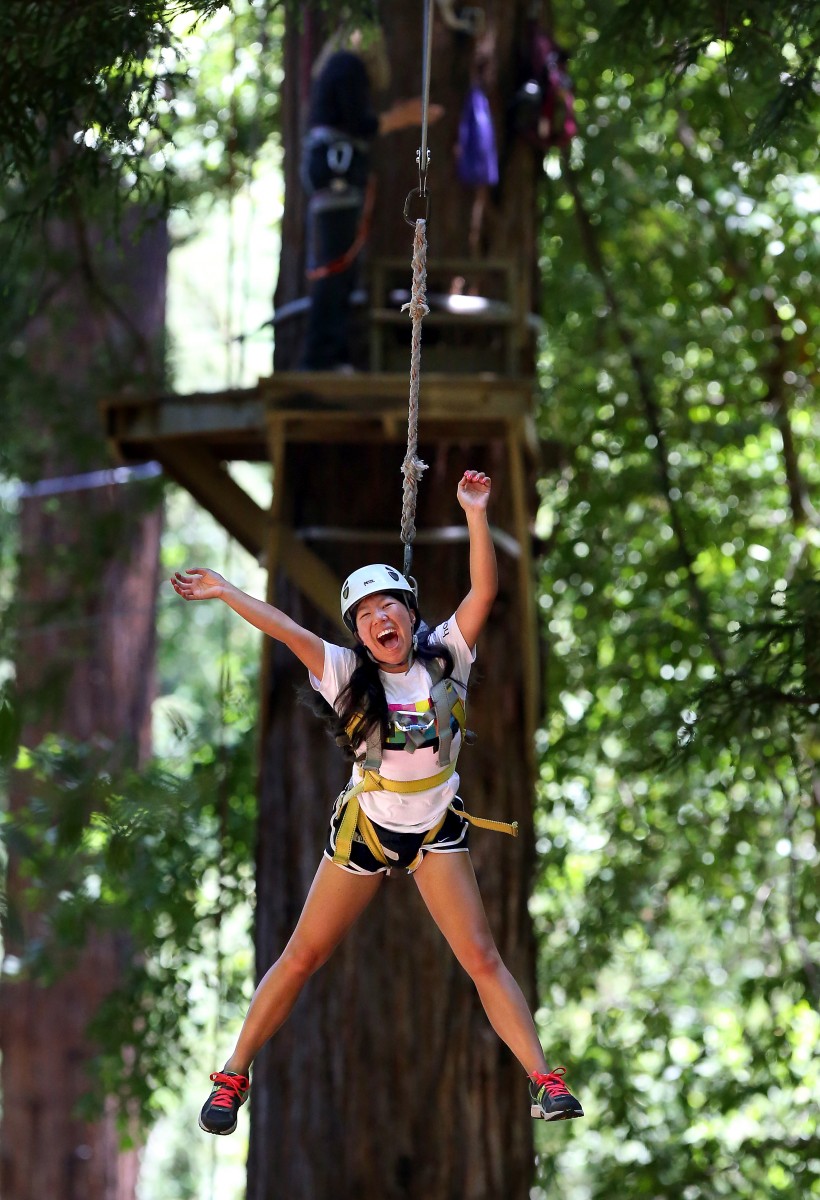
Sonoma Canopy Tours maintains seven zip lines, one more than 800 feet long. Visitors can also cross two skybridges, rappel from an 80-foot redwood, and climb a spiral tree-branch staircase. There are packages: Day Flight, Night Flight and Challenger. Completing the Day Flight course is recommended before signing up for the more demanding Challenger, but not required. The Night Flight course provides an arresting experience of the nocturnal forest and a rare perspective of a night sky largely unaffected by light pollution. Guides point out the constellations.
Reservations are required. Day and Challenger flights are $99 for adults and $69 for those 10-17 ($109 and $79, respectively, on weekends). Seniors zip for $89 on weekdays and $99 on weekends. Night Flights are offered Friday through Sunday, at $99 for all ages.
6250 Bohemian Highway, Occidental, 888-494-7868, sonomacanopytours.com
4. BIPLANE RIDES
If jumping out of an airplane seems extreme, yet a bird’s-eye view of Sonoma is still appealing, a biplane ride might be just the ticket. Biplanes fly low and slow, and their open cockpits afford unparalleled visibility. Plus there’s something about the radial engine coming to life with a stuttering cough, and feeling the plane shed the surly bonds of earth, that harkens pleasantly to the golden age of aviation between World Wars I and II and is deeply thrilling.
The man to talk to about biplane rides is “Diamond Bob” Berwick of Coastal Air Tours at Skypark Airport in Sonoma. Berwick takes clients up in his lovingly maintained Travel Air, a rugged little craft designed and produced by aviation demigods Walter Beech, Clyde Cessna and Lloyd Stearman.
The Travel Air was state of the art for high-end passenger service in 1926, and it is as much a feature of Coastal Air Tours as the stunning panorama of Sonoma Valley, the Mayacamas and San Pablo Bay that scrolls beneath the plane during flights. Berwick adjusts his flight plans to passenger desires, offering everything from 30-minute transits over the valley to extended customized flights.
The standard half-hour Wine Country Tour costs $175 for a single passenger; a second passenger flies for $95. Customized tours start at $175. Berwick also offers an Over the Moon package for $875 per couple, which includes a 30-minute flight, wine tastings and a gourmet picnic.
Sonoma Skypark Airport, 21870 Eight St., Sonoma, 415-609-7273, coastalairtours.com
5. HIKING
Walking is the most basic of physical exercises, and perhaps also the most enjoyable — at least when you’re exploring Sonoma’s public lands. There are 52 regional and state parks in the county, protecting a total of 57,204 acres and supporting 175 miles of trail. The terrain varies from coastal prairie to redwood forest, flowerspangled grasslands to oak savanna. It’s all beautiful at all times of the year, making a pair of hiking boots a prerequisite for anyone eager to explore Sonoma.
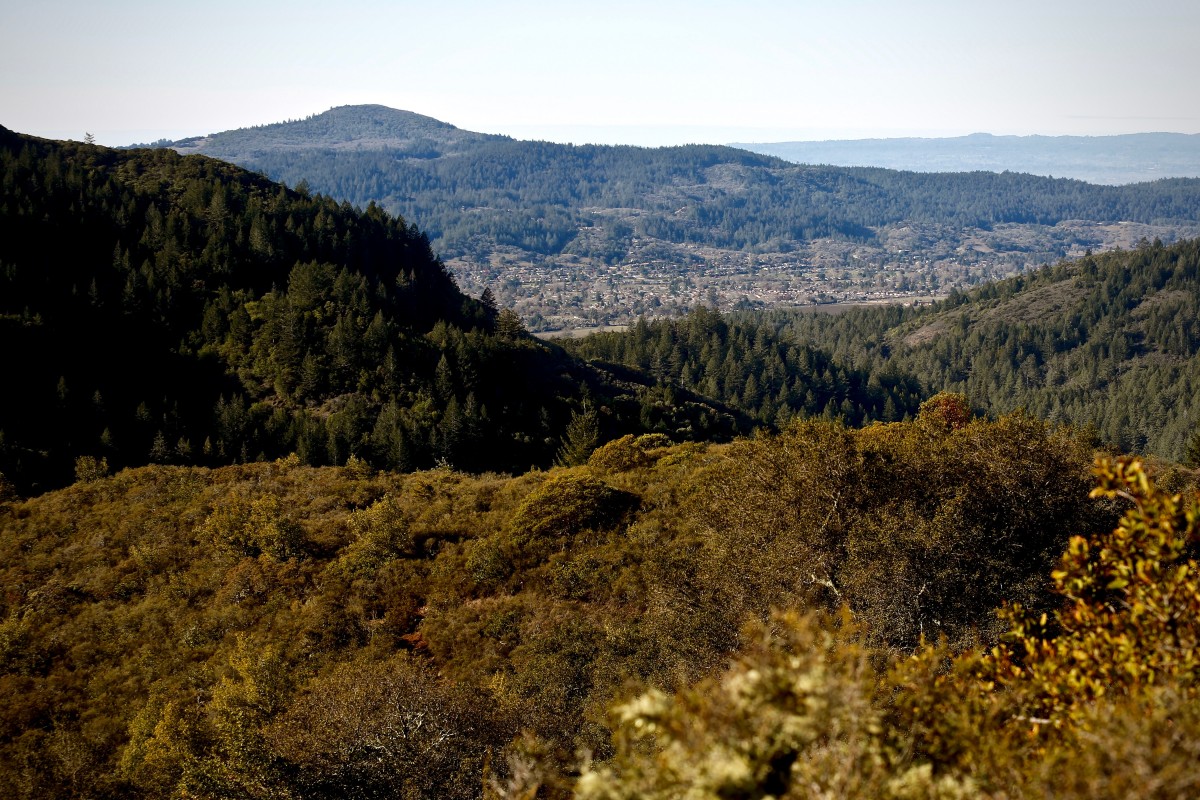
In Sonoma Valley, two parks in particular warrant exploration: Sugarloaf Ridge State Park and North Sonoma Mountain Regional Park and Open SpacePreserve. Conveniently located near Kenwood, Sugarloaf encompasses the eponymous ridge and a generous portion of the surrounding wildlands. The park’s 5,100 acres afford a near-wilderness experience, with 25 miles of trails wending through mixed hardwood forests, beneath dramatic rock outcroppings and across oak savannas and open meadows.
During spring and early summer, the wildflower displays on the upper-elevation meadows can be extravagant, and the views are always spectacular. The park also harbors a seasonal 25-foot waterfall on the headwaters of Sonoma Creek, best viewed during winter and early spring. The trails are negotiable for any reasonably fit person, and range from easy to moderate. Wildlife is abundant, including black-tailed deer, wild turkeys, gray foxes, coyotes, bobcats and cougars.
2605 Adobe Canyon Road, Kenwood, 707-833-5715, sugarloafpark.org/activities/hiking. Day-use fee is $8 a car ($7 for seniors).
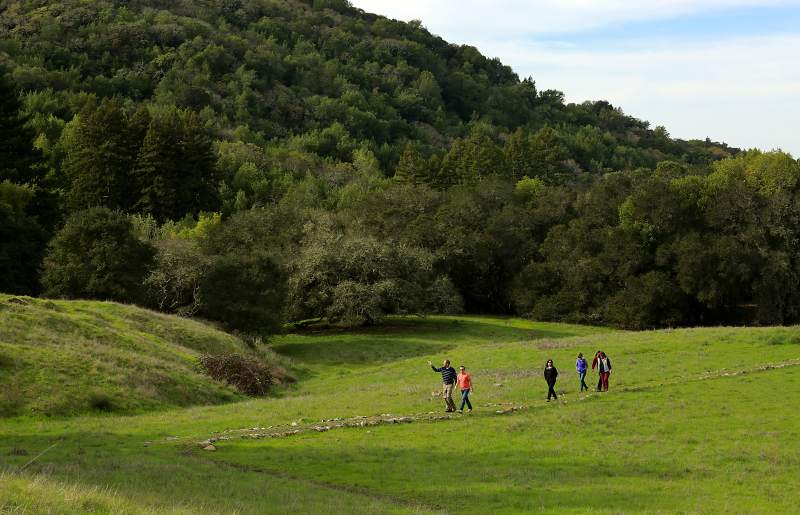
Across Sonoma Valley and southwest of Sugarloaf Ridge lies Sonoma Mountain. Though much of the mountain is in private hands, a long and complex negotiation involving key land acquisitions and easements recently resulted in the opening of the county’s newest public holding, the North Sonoma Mountain Regional Park and Open Space Preserve.
The park’s centerpiece is a 4.5-mile trail that skirts the flank of the mountain at a gentle grade, traversing a variety of ecosystems: deep redwood forest, bay-laurel and blackoak woodlands, open meadow and seasonal wetlands. As with Sugarloaf, it supports robust wildlife populations, and its woodlands are a favorite venue for birders, especially during the fall songbird migration.
5297 Sonoma Mountain Road, Santa Rosa, 707-565-2041, parks.
Visit our outdoors section for some hiking inspiration or click on “parks A-Z” in the drop-down menu for an alphabetical list. Parking fees are $7 a vehicle.
6. CAMPING
The interior regions have their share of campgrounds — Annadel State Park, Liberty Glen Campground at Lake Sonoma, the Austin Creek Recreation Area, even a KOA Campground in Cloverdale. Yet when it comes to camping here, it’s really about the coast.
Seven public campgrounds are strung along Highway 1 from Bodega Bay to Gualala, all managed by the Sonoma County Department of Regional Parks or the California Department of Parks and Recreation. All are highly recommended, simply because they have the nonpareil Sonoma Coast in common. All provide easy access to fine beaches, craggy and dramatic headlands, and superb trail systems.
Moreover, the coast is the traditional getaway for locals during those summer and early fall days when a high pressure ridge settles over the inland regions and temperatures spike to three digits. It’s always cooler at the coast, and if the fog is rolling in, it can be downright chilly. For that reason, gear should include varying layers of clothing for each camper; temperatures can and do shift rapidly.
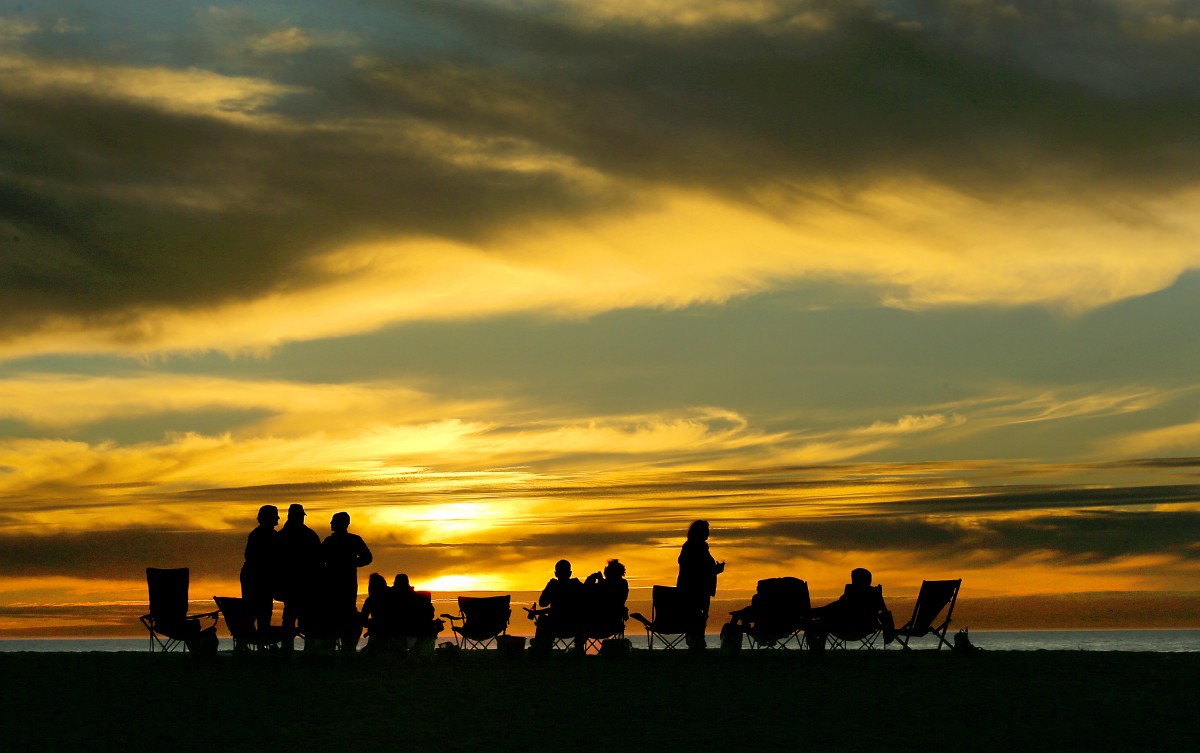
By most reckonings, the best time for coastal camping is mid-September through October. The summer crowds have dispersed and the weather generally is optimal. Coastal upwelling usually slackens by September, so daytime temperatures are mild and evenings crisp. Advance reservations are essential, particularly on weekends throughout the red abalone season, April through June and August through November.
The California Department of Parks and Recreation manages campgrounds at Sonoma Coast State Park and Salt Point State Park. The Sonoma County Department of Regional Parks oversees Gualala Point Regional Park, Stillwater Cove Regional Park, Doran Regional Park and Westside Regional Park.
State parks reservations: $35 a night.
Regional parks reservations: $35 a night.
7. MOUNTAIN BIKING
Sonoma is mountain biking country. Sugarloaf Ridge State Park, North Sonoma Mountain Regional Park and Open Space Preserve, Shiloh Ranch Regional Park near Windsor and Joe Rodota Trail between Santa Rosa and Sebastopol offer excellent opportunities on varied terrain.
But one park stands out from the rest, a destination for the most dedicated and mudspattered- fat-tire fanatics: Annadel State Park. It’s not solely Annadel’s size: 5,000 sprawling and lovely acres of woodland, chaparral and grassland, with a good-size lake thrown into the mix. Nor is it its easy accessibility, on the eastern outskirts of Santa Rosa. Nor is it the whopping 35 miles of trails. It’s the entire package.
There are some fairly long ascents at Annadel, but nothing to make a reasonably experienced rider cry “uncle.” Many of the trails, however, are technical and extremely rocky. It pays to pay attention, particularly on descents.
6201 Channel Drive, Santa Rosa, $7 parking fee per vehicle. (The park can also by accessed for free by hikers and bicyclists at several other points.)
8. SHORE FISHING
If you’re camping at the coast, or day-tripping at the beach, you might as well bring along some tackle. Sonoma’s offshore waters are renowned for salmon, rockfish, halibut and, far offshore, albacore, but the inshore fishing can be equally productive.
Cast off the beach at Salmon Creek near Bodega Bay for redtail and calico surf perch. Most people use surf-casting gear, but freshwater spinning reels and rods also will work, and the lighter tackle adds to the thrill of catching these moderate-size, fighting, delicious fish.
You’ll need enough weight on the line to keep the bait close to the bottom; piling worms, shrimp and sand crabs (which you can dig right where you fish) work well. Avoid squid, cut anchovies and clams as bait. Don’t throw out a shoulder trying for a long cast; surf perch tend to swim close to shore, near the first line of breakers. Fish the rip currents, identifiable by V-shaped breaks in the whitewater. The rips stir up the bottom, exposing small crustaceans and mollusks, drawing the fish.
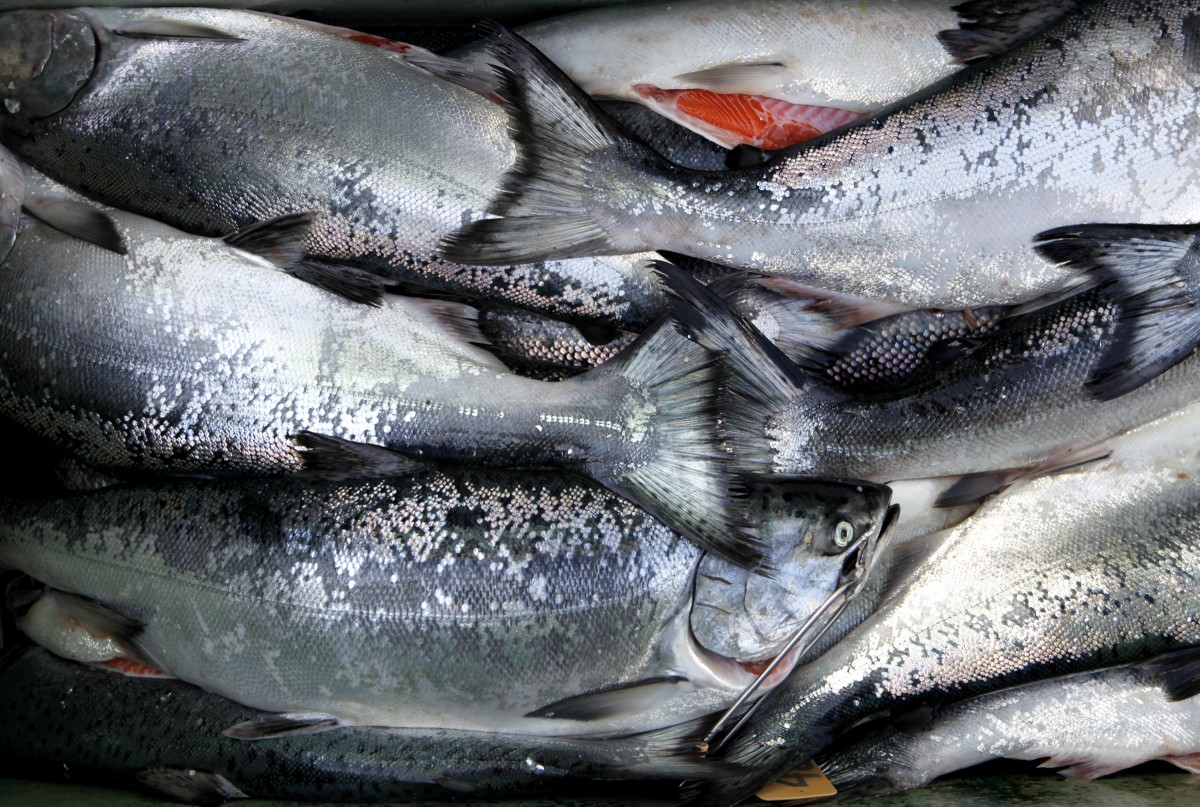
Want to hook something with more heft? Seek out the rocky headlands and coves for cabezon, kelp greenling, lingcod and grass rockfish. Surfcasting rod and reel, heavy line and substantial weights are called for, and be prepared to lose tackle in the rocks. Squid is a good choice for bait, as it’s rugged and stays on the hook in rough conditions.
Poke-poling is a specialized subset of rock fishing practiced by a handful of savvy aficionados along the Bodega Bay breakwaters and in protected coves during low tides. The gear is simple: a bamboo or fiberglass pole that has about 6 inches of tough wire leader and a big hook affixed to the end. Put a big gobbet of squid on the hook, and then gently stick the rod tip into holes and crevices among the rocks, where the dark water surges back and forth. Big monkey-faced eels (blennies, as biologists call them) and cabezon lurk there. Hauling a big fish through a small crack in the rocks is always an interesting exercise, but can have great rewards.
A valid California fishing license is required. Regulations for taking rockfish are complicated and change from year to year, so check current rules before fishing. The coast is beautiful, but it also can be unforgiving. People have died when swept away by large “sleeper” waves, so always keep an eye on the water when fishing from shore.
9. KAYAKING
Sonoma has some of the best sea kayaking in the country. Period. Launch sites are abundant, and it’s easy to set up a shuttle on Highway 1. Leave one car at the takeout, drive a second vehicle to the putin, and you’re set.
Then there’s the paddling environment: the wild and gorgeous Sonoma Coast. Paddling offshore parallel to the swells, you’re just another marine mammal. You’ll have plenty of company: harbor seals, sea lions, even a gray whale or two during the spring and fall migrations. And then there are the cormorants, pelicans and various gulls, all wheeling around the kayak, skreeking and mewing. Impressive as they are when viewed from the shore, the numerous sea stacks are magisterial when approached at sea level, with white and aquamarine waves curling against their mussel- and barnacle-encrusted flanks.
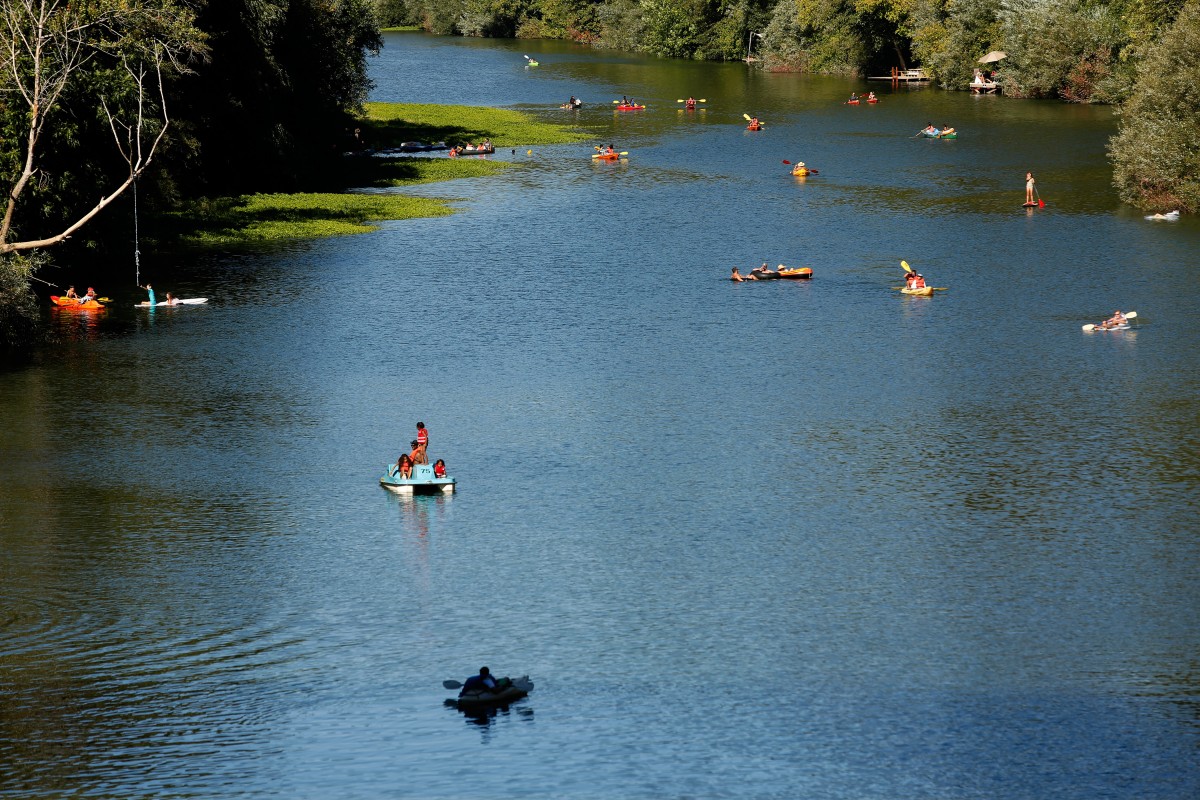
Sea kayaks range from sit-on-top beamy craft to sleek, maneuverable closed-cockpit boats fitted with foot-operated rudders. Anglers and beginners prefer the first, while experienced paddlers often opt for the second. Any of the coastal parks are good places to launch and/or take out. Some paddlers undertake two- or three-day expeditions, paddling down the coast from one park to the next, stopping occasionally to jig for rockfish for the evening meal.
Sea kayaking is exhilarating, and occasionally a little dicey. Connect with experienced paddlers before heading out, or sign up for commercial training and tours.
More information at sonomacounty.com/sonoma-listings/kayakingcanoeing
10. SURFING
The renowned point and reef breaks of Southern California and Hawaii create sculpted waves that can be ridden with — if not ease — skill and guts. But Sonoma’s surf mostly manifests as bonecrunching, closed-out beach breaks or chaotic wave trains slamming against the headlands.
And there are fearsome creatures to consider. Sonoma’s abundant seal rookeries draw great white sharks, the region’s No. 1 marine predator. A good rule of thumb is to avoid surfing any area where pinnipeds are present. It’s wise to keep clear of Goat Rock near the mouth of the Russian River for this reason, although the site does produce good waves with some regularity.
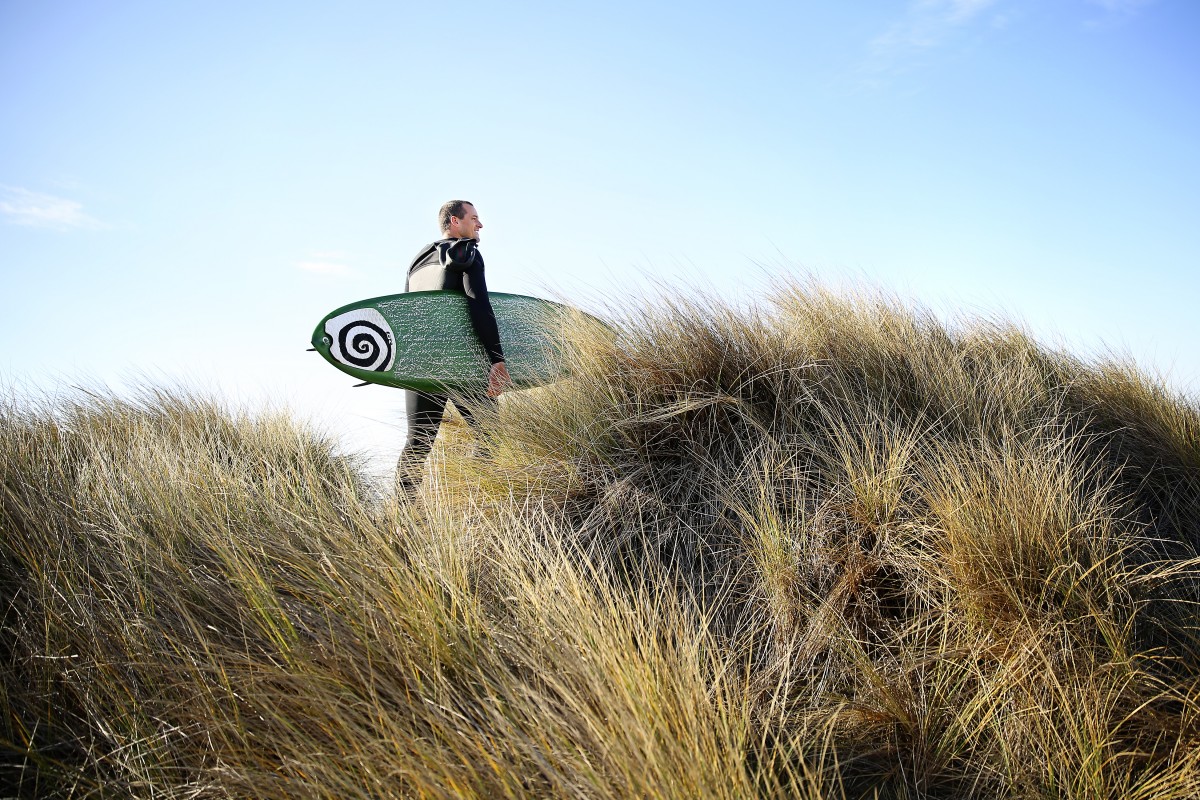
Locals harbor secret spots where the waves can be good under specific conditions. But as a rule, access is difficult and inside connections are necessary to know where and when to go, and how to get there.
There are two Sonoma spots, however, where access is easy and the waves are often, but not always, surfable: Salmon Creek Beach in Bodega Bay and nearby Doran Beach. Salmon Creek can degrade to frightening close-outs with big swells and onshore winds, but it sometimes produces lovely waves when offshore winds are from the east-southeast. Doran Beach is a good beginner’s beach when swells are moderate.
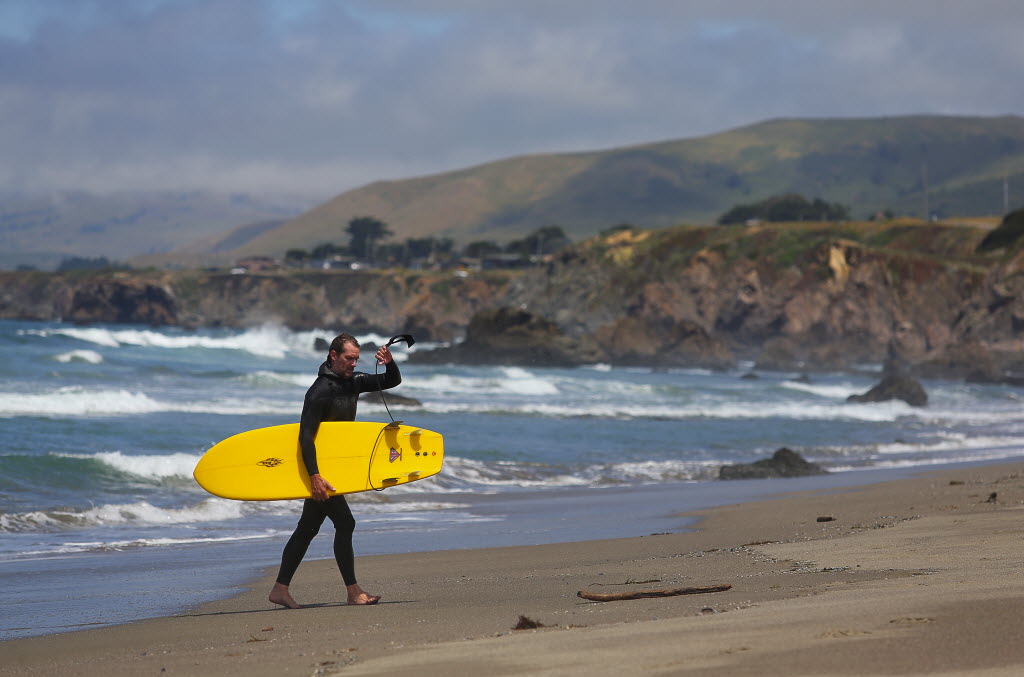
The best things about both beaches are the locals. Sonoma surfers tend to be easy-going, friendly and generous, unlike surfers in many areas to the south where the competition for each wave is fierce. There’s no “my wave” mentality here. More often than not, the attitude is, “After you.”
So Sonoma.
Salmon Creek Beach, Bodega Bay, Doran Regional Park, 2011 Doran Beach Road, Bodega Bay, 707-875-3540, parks.


